The Most Popular Foods of the Last 70 Years

Impossible burgers, farm-to-table restaurants, charcoal-flavored ice cream, and White Claw have all had their breakthrough moments over the past decade. But many of the foods that today we think of as old hat were au courant when they first broke big. Take a wander through the past 70 years, and see which of your Thursday night staples were once big news.
Related: Food Trends That Need to Stop
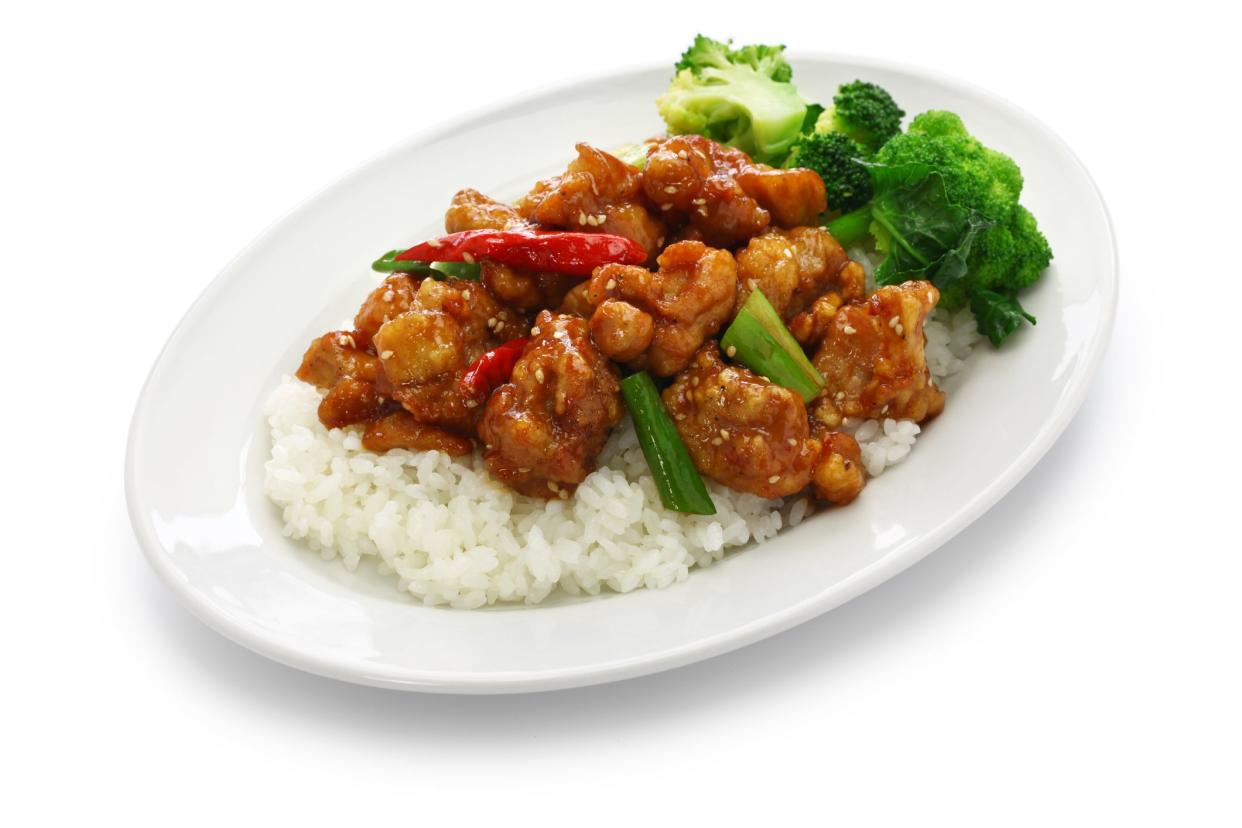
Chinese food first made its way to the United States in the mid-1800s, via Chinese prospectors and railroad workers. It wasn’t until the post-war period of the 20th century that average Americans dined out regularly, and Chinese restaurants were on the menu. Restaurants developed the sweeter, deep-fried version of Chinese food that became so popular that today, there are American-style Chinese restaurants sprinkled around the globe. Peng Chang-kuei, a chef from Hunan province, fled the ascent of Mao Zedong and developed General Tso’s Chicken while working in Taiwan. The dish became ubiquitous in the United States, but morphed into the sweet fried chicken dish that is a staple of American Chinese restaurants today.
Related: Best Chinese Restaurant in Every State
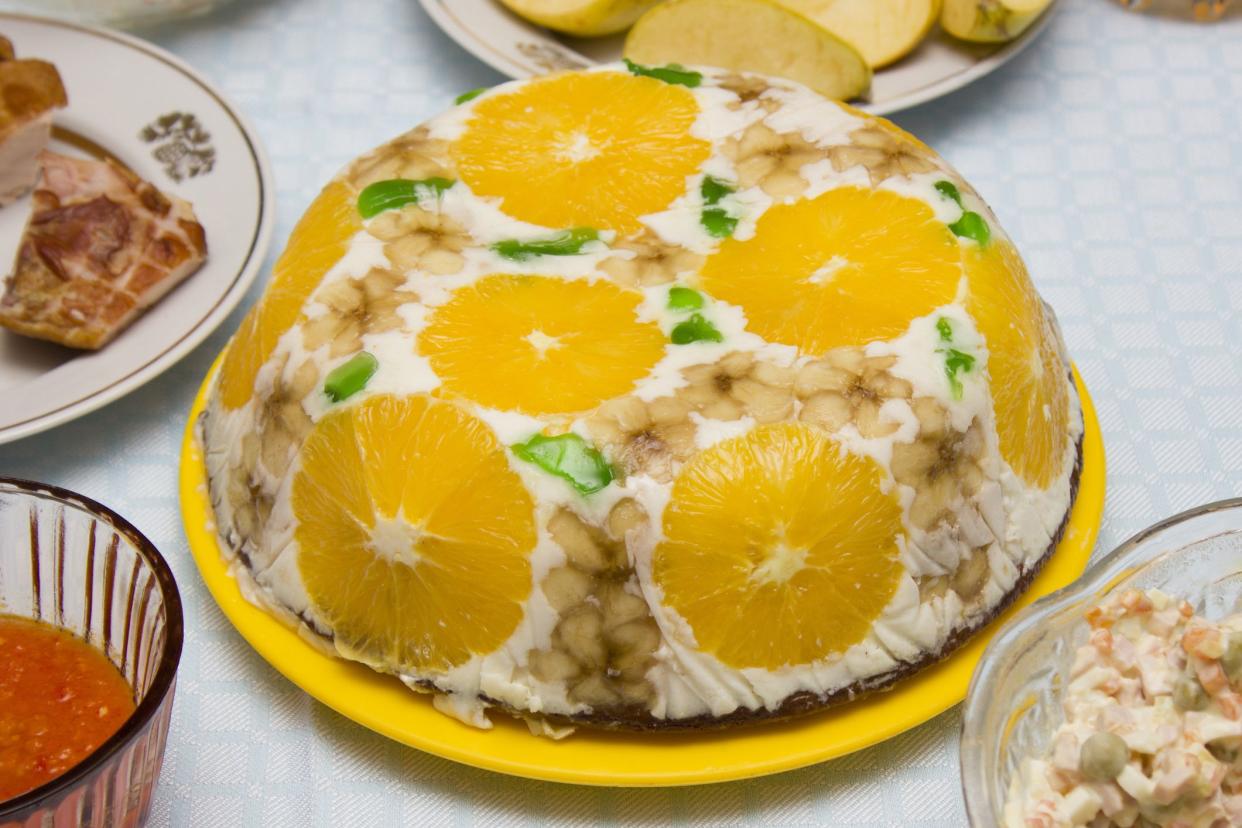
The 1950s was not the most health-unconscious of decades, and the rise of the sugary Jell-O mold made a salad even kids would eat. Gelatin salads had been around for centuries, but due to the labor of grinding animal bones, they were a delicacy for the noble classes. The 1950s, however, which married Americans' love of convenience with high expectations for female domesticity, were fertile ground for the rise of this neat, shiny, and easy confection. American food corporations had developed processed foods for World War II; post-war, they marketed that technology in new foods for the home. Canned fruit, vegetables, dried coconut, mayonnaise, and even meat all found their way into fancifully shaped gelatin molds.
Related: 22 Things You Didn’t Know About Jell-O
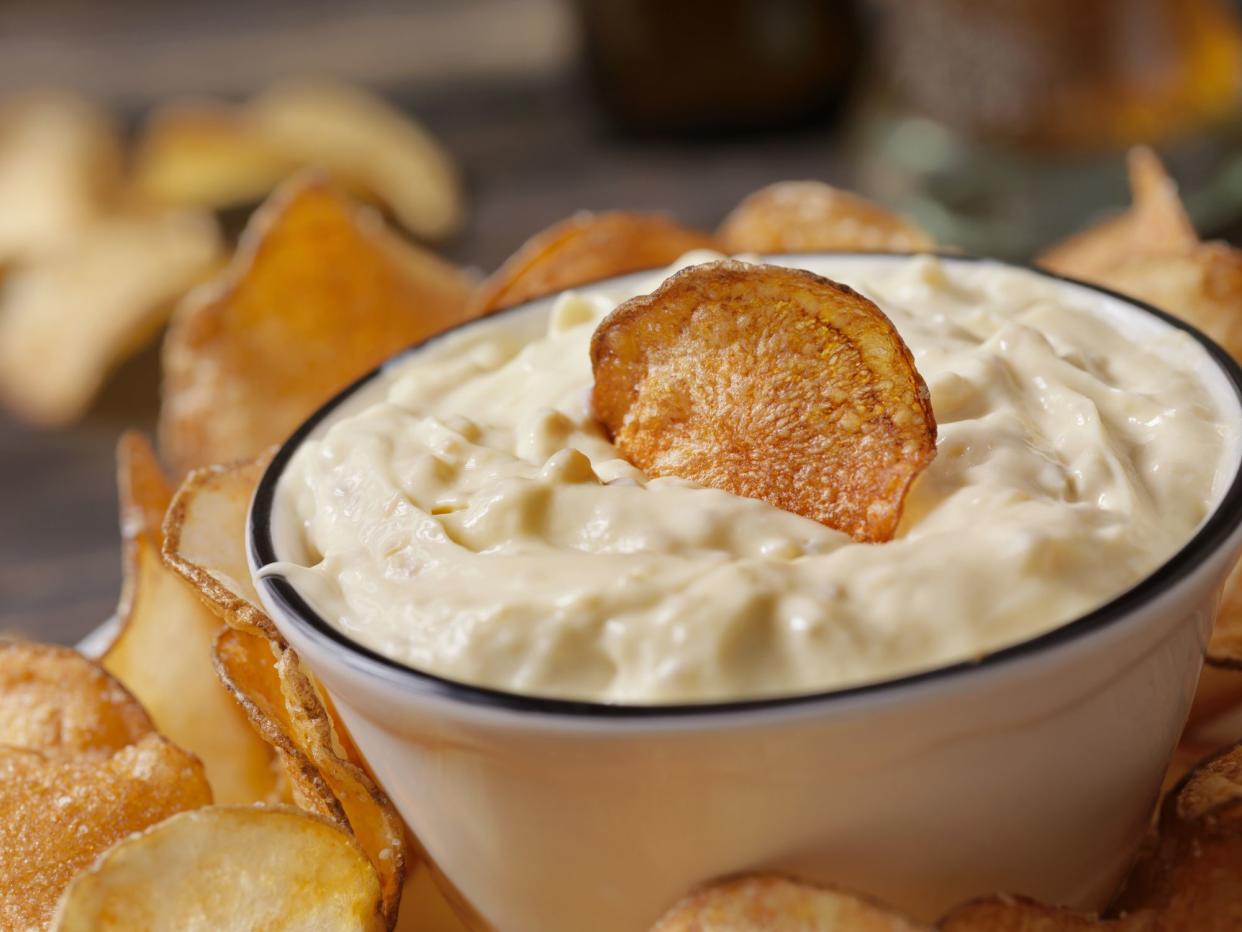
Originally known as “California dip,” it was created in 1954 by a home cook in California, just two years after Lipton first revealed its dehydrated onion mix. It quickly became a staple of 1950s cocktail parties, and by 1958, Lipton was printing the recipe on its box. Even sour cream manufacturers got in on the action, using the dip to market their own product. Today, it’s less popular on the party scene, but still a beloved comfort food for those raised in the 20th century.
For more great food trivia, please sign up for our free newsletters.
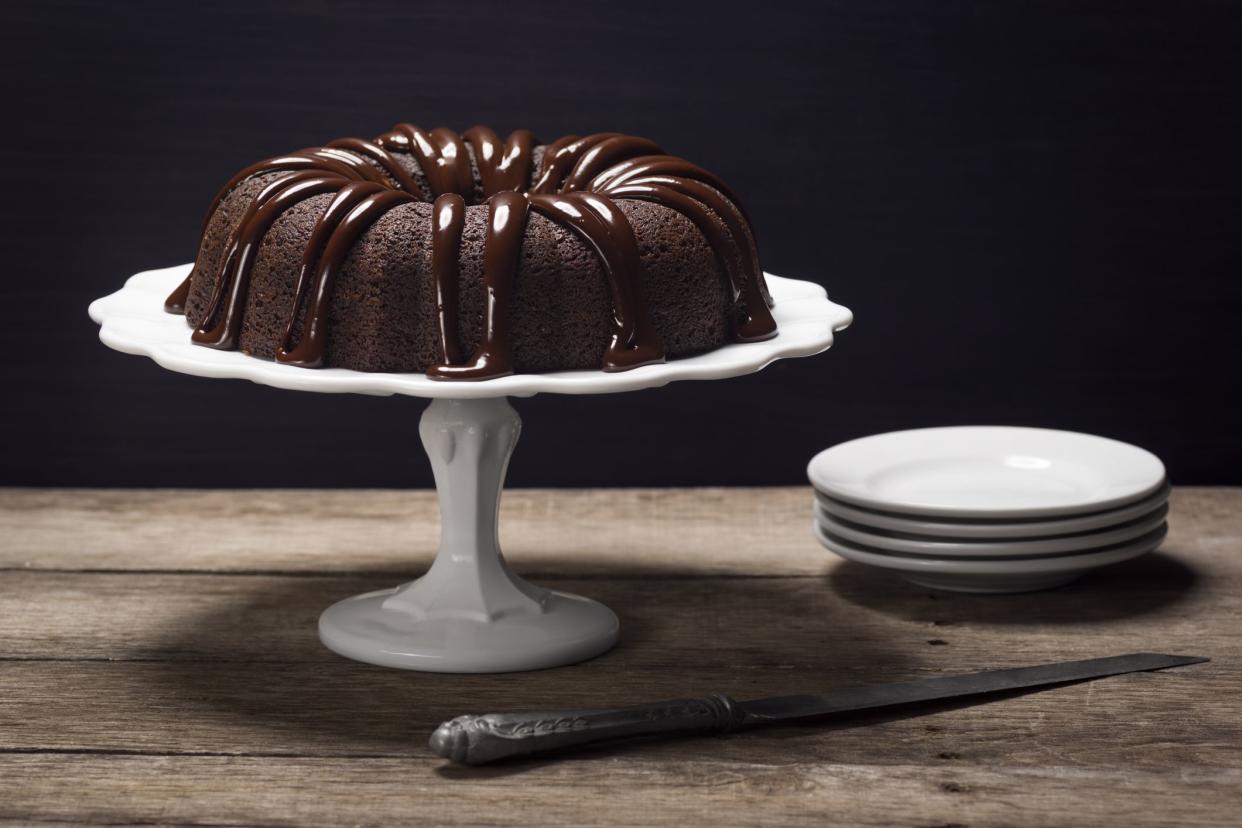
Nothing Bundt Cakes, the Bundt Shop — recent years have led to the niche marketing of this tubular kitchen staple. But for the first 16 years of its existence, the American bundt cake pan sat unloved on the shelf. The pan was first produced by the Minneapolis company Nordic Ware in 1950, at the request of members of the Jewish women’s group, Hadassah. The pan was on the verge of being discontinued when, in 1966, Houston baker Ella Helfrich took second place in the Pillsbury Bake-Off with her Tunnel of Fudge cake. Her cake, with a gooey chocolate center, became Pillsbury’s most requested recipe, and made a fortune for Nordic Ware.
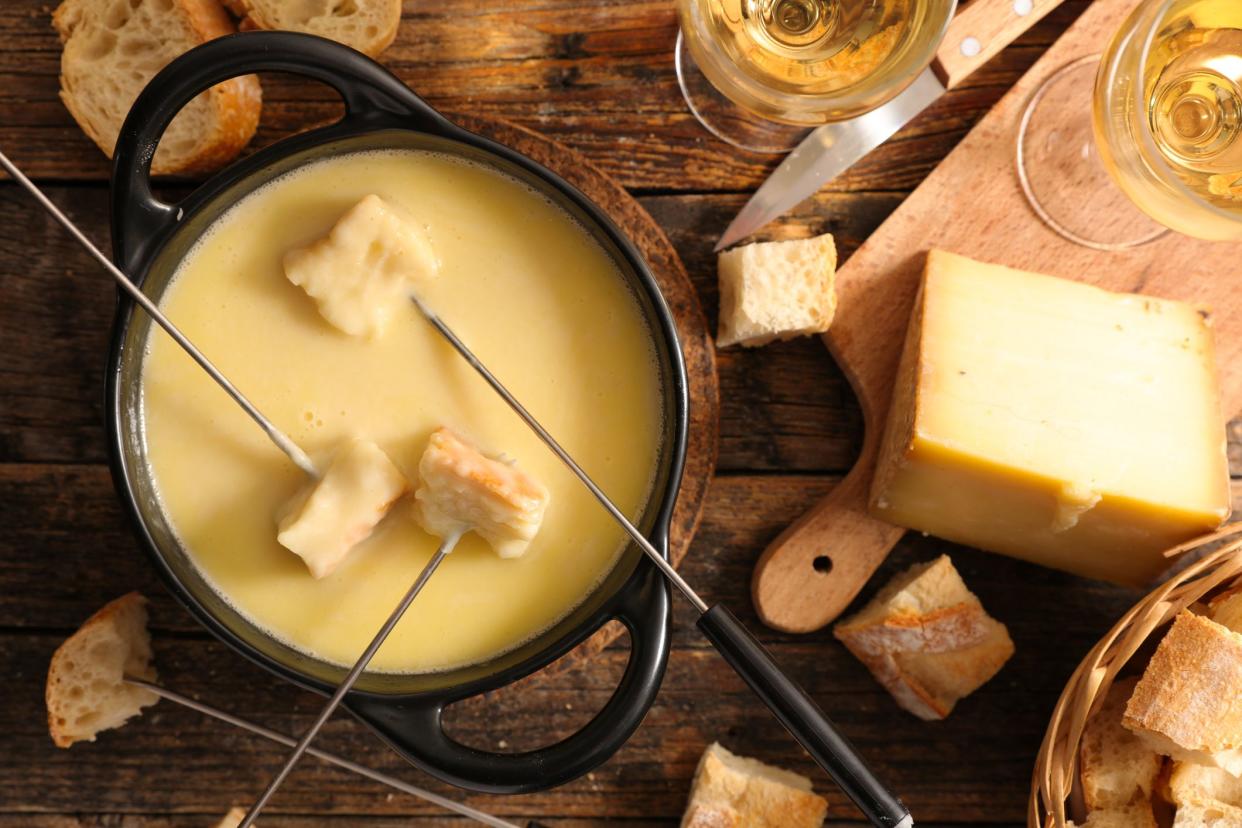
Centuries ago, Swiss peasants used up hardened cheese and stale bread by melting the cheese in a pot, then dipping. But it wasn’t until the 1960s and ‘70s that the Swiss Cheese Union wanted to push its product with ad campaigns featuring attractive Swiss skiers dipping into a pot of molten dairy deliciousness. Once fondue hit the 1964 World’s Fair, chic New York restaurants helped to increase popularity by adding fondue to their menus. The dish’s rep was sealed when the Magic Pan spread its chain of restaurants across the United States, cementing the gooey goodness as a symbol for middle-class romance.

American cuisine is a history of repurposing international classics, and quiche is yet another entry in the catalog. The custard pie traces its origins to the border between France and Germany, although a similar dish exists in English culinary history. In the 1970s, though, quiche made itself a staple of American kitchens. The pastry became a frozen pie crust, and the most popular iteration, quiche lorraine, included bacon (in place of the traditional lardons). Julia Child promoted the dish on her show, and recipes for it were included in the 1975 edition of “The Joy of Cooking.” The trend became so overbearing that in 1982, Bruce Feirstein drove a satirical stake through its heart with his best-selling book, “Real Men Don’t Eat Quiche.”
Related: 15 Classic, Budget-Friendly French Dishes
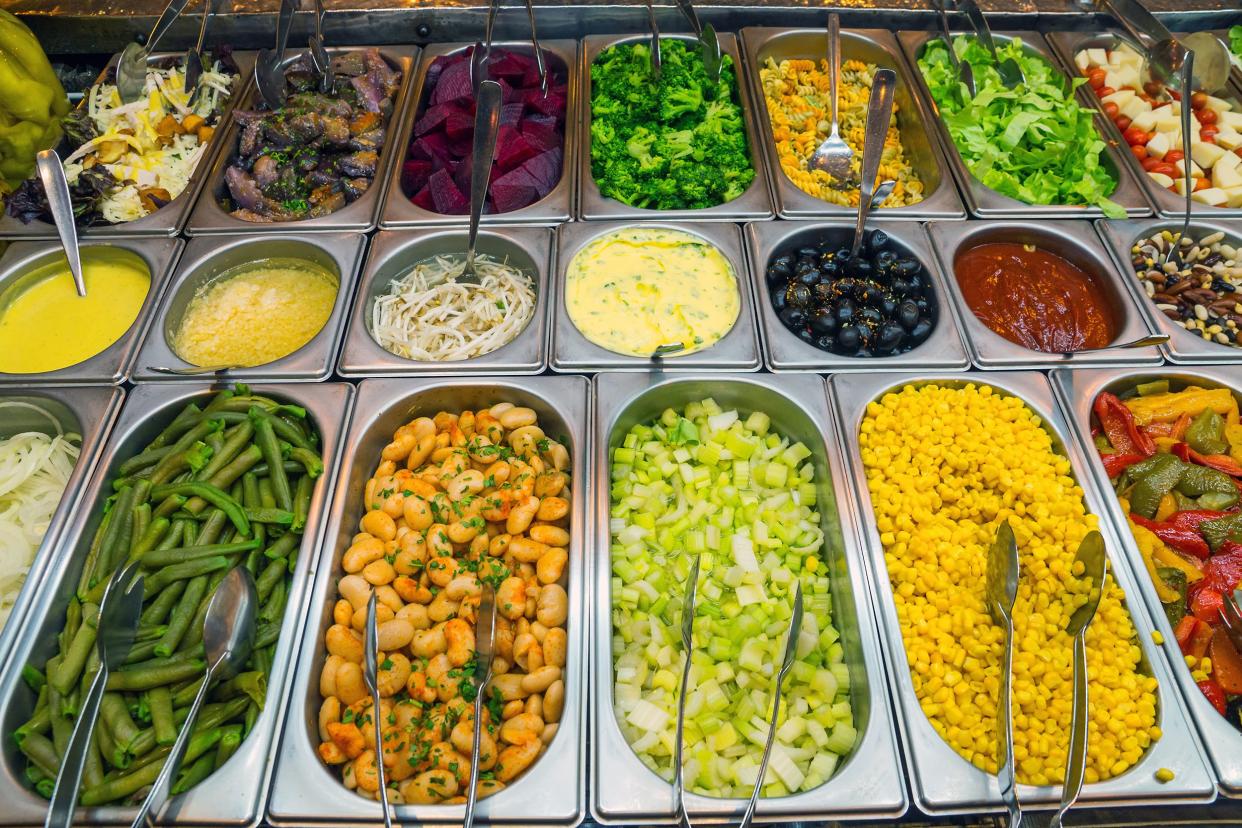
Vats of Green Goddess and Thousand Island dressings, croutons, bacon bits, and shredded cheese: There isn’t much about a 1970s salad bar that is healthy. But combined with quickie steak joints like Ponderosa and The Sizzler, the salad bar provided big appetites with affordability and the illusion of nutrition. Salad bars began appearing at restaurants in the ‘50s and ‘60s. Norman Brinker, the founder of Chili’s and Bennigan’s, installed salad bars in his restaurants, and soon advertisements across the country touted dozens of ingredients as a come-on for customers.
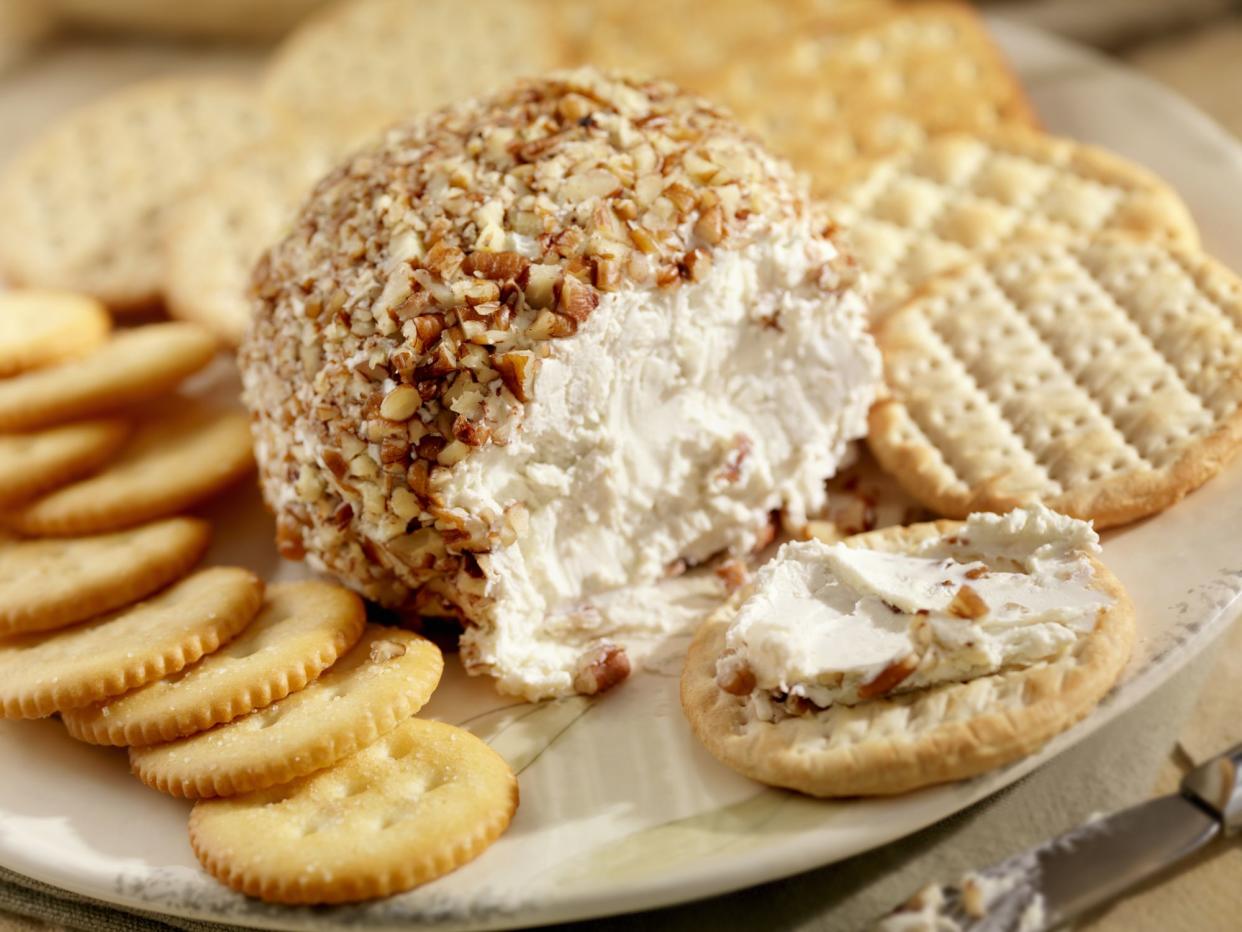
Which memory is more 1970s? Showing up for a party with a nut-coated, Saran-wrapped sphere of cheddar, wine, and cream cheese? Or sneaking one too many samples from the log-shaped concoctions at Hickory Farms in the mall? Either way, the cheese ball was the popular, easy-to-make party appetizer of the decade. Comic actress Amy Sedaris pulled the cheese ball into the 21st century in her book, “I Like You,” adding gouda and steak sauce.
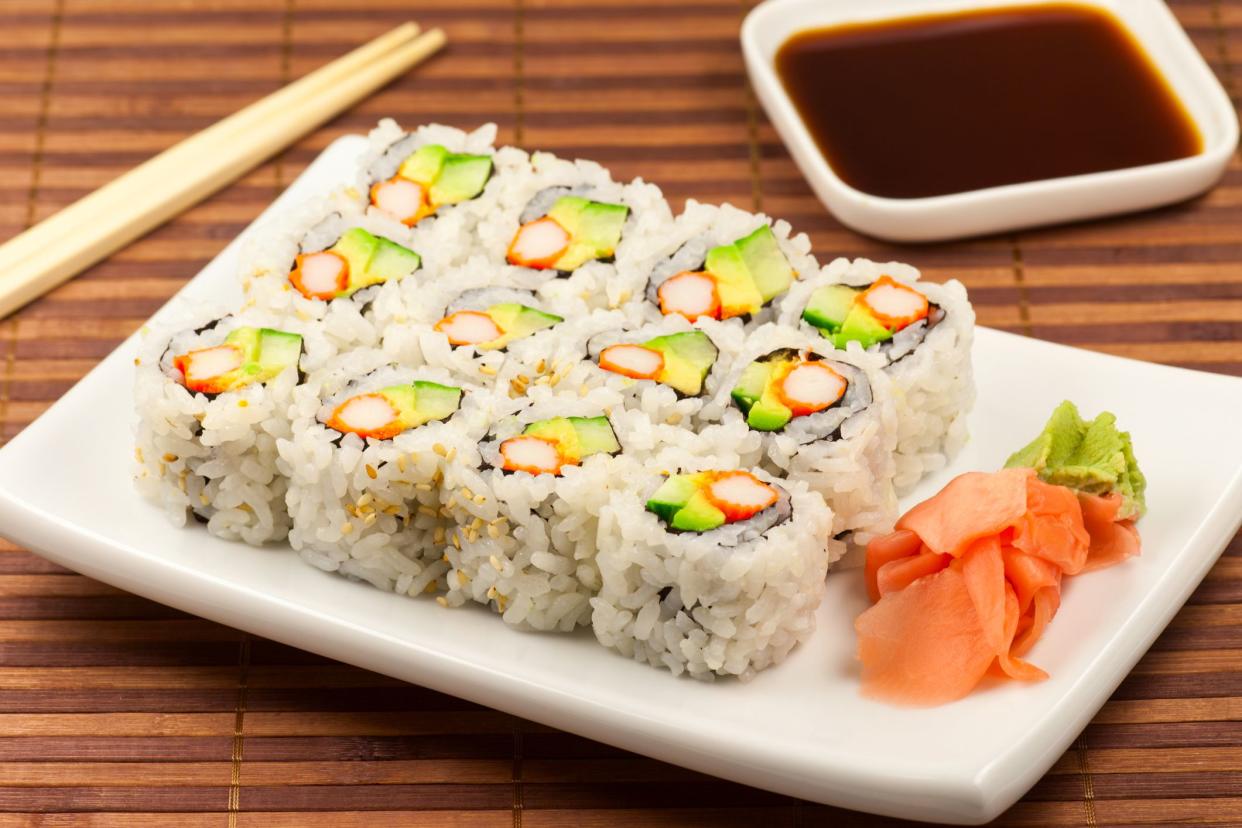
It was no small feat to convert a large portion of Americans to raw fish. It took pop culture and a new emphasis on increasing fish in the diet to enable sushi to finally break through as the chic food of the ‘80s. The 1980 miniseries “Shogun” sparked an interest in all things Japanese; by 1985, the food was such a cultural signpost that it pointed to the spoiled lifestyle of Molly Ringwald’s Claire in “The Breakfast Club.” Some of the most popular sushi dishes originated in the United States, such as the California Roll, which replaced raw fish with crabmeat (often disguised pollock), added avocado for a creamy texture, and hid the seaweed on the inside. Similarly, the spicy tuna roll was invented in Los Angeles as a way to use up scraps from the expensive fish.
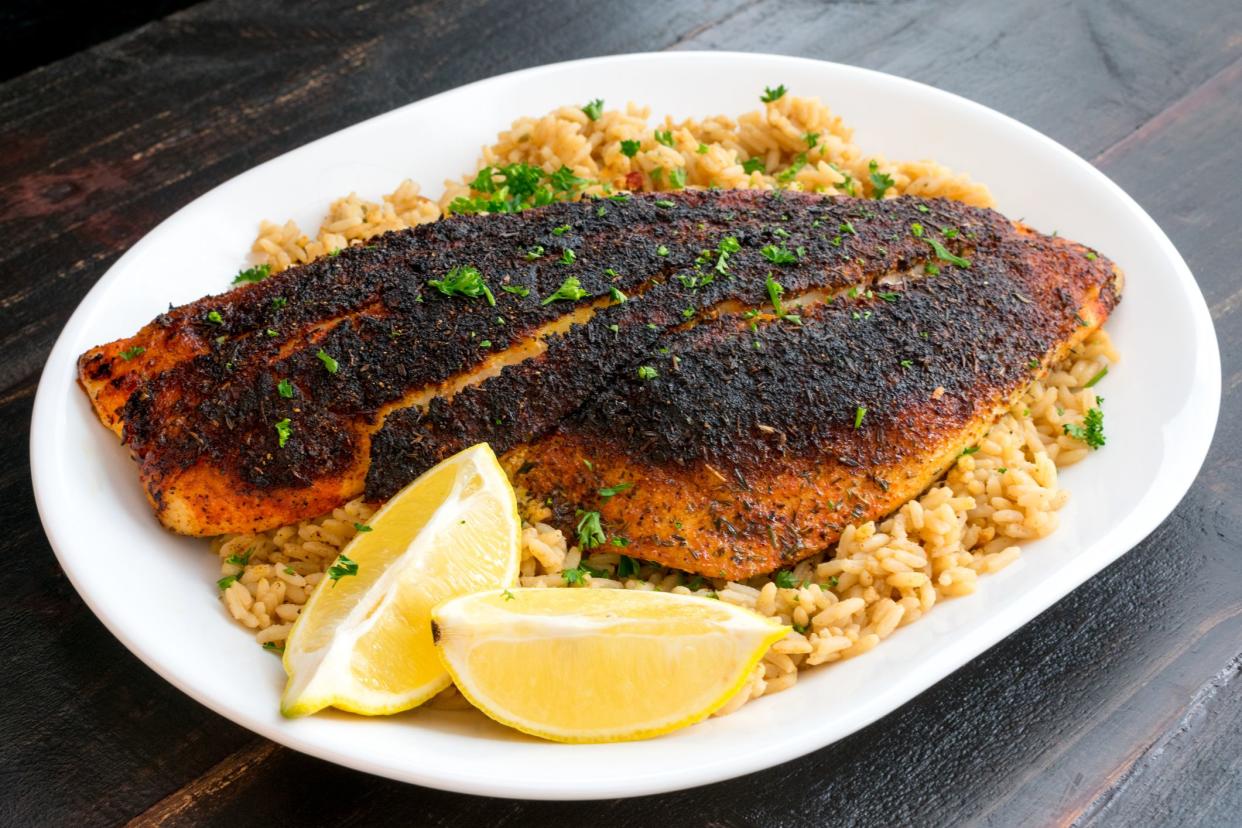
In 1979, after leading the kitchen at the New Orleans institution Commander’s Palace, Paul Prudhomme opened K-Paul’s Louisiana Kitchen with his wife, K, in the French Quarter. There were no reservations or credit cards accepted, and lines outside the restaurant signified a new phenomenon. Prudhomme spread a love of Cajun and Creole food around the world. The most popular of his dishes, blackened redfish, became a staple of kitchens and restaurants throughout the 1980s.
Related: Iconic U.S. Restaurants to Try Before You Die
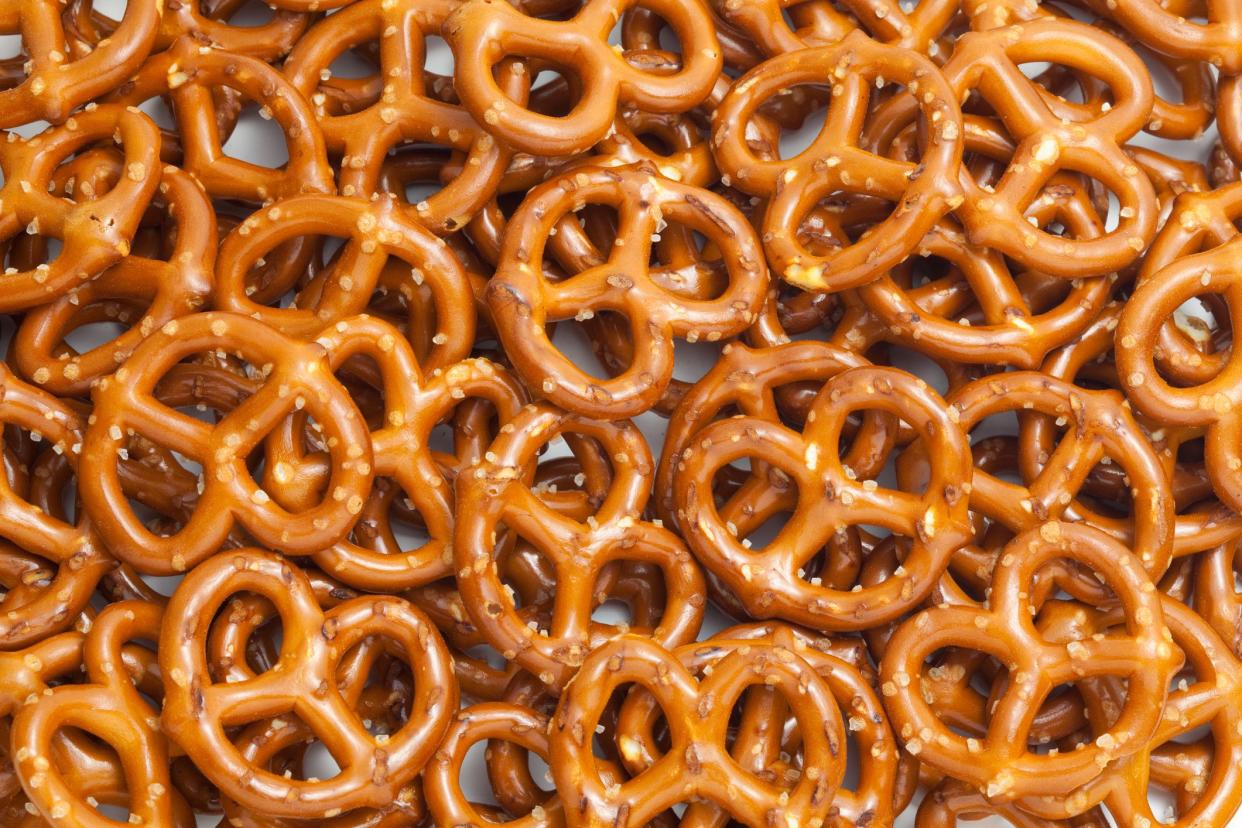
As America’s dive into obesity became clear at the end of the 1980s, low-fat became a buzzword both for the calorie-conscious and particularly for massive food corporations. Eat a whole box of cookies? Sure, as long as they were SnackWell’s. Pretzels, low-fat by nature, were now advertised as such. The fad faded as studies began to show that low fat was not a road to high health. The final bullet in this trend? Olestra, a synthetic fat put in Lay’s WOW chips, which led to digestive issues that would make anyone feel less attractive.
Related: The 51 Biggest Diet and Exercise Fads of the Past Century
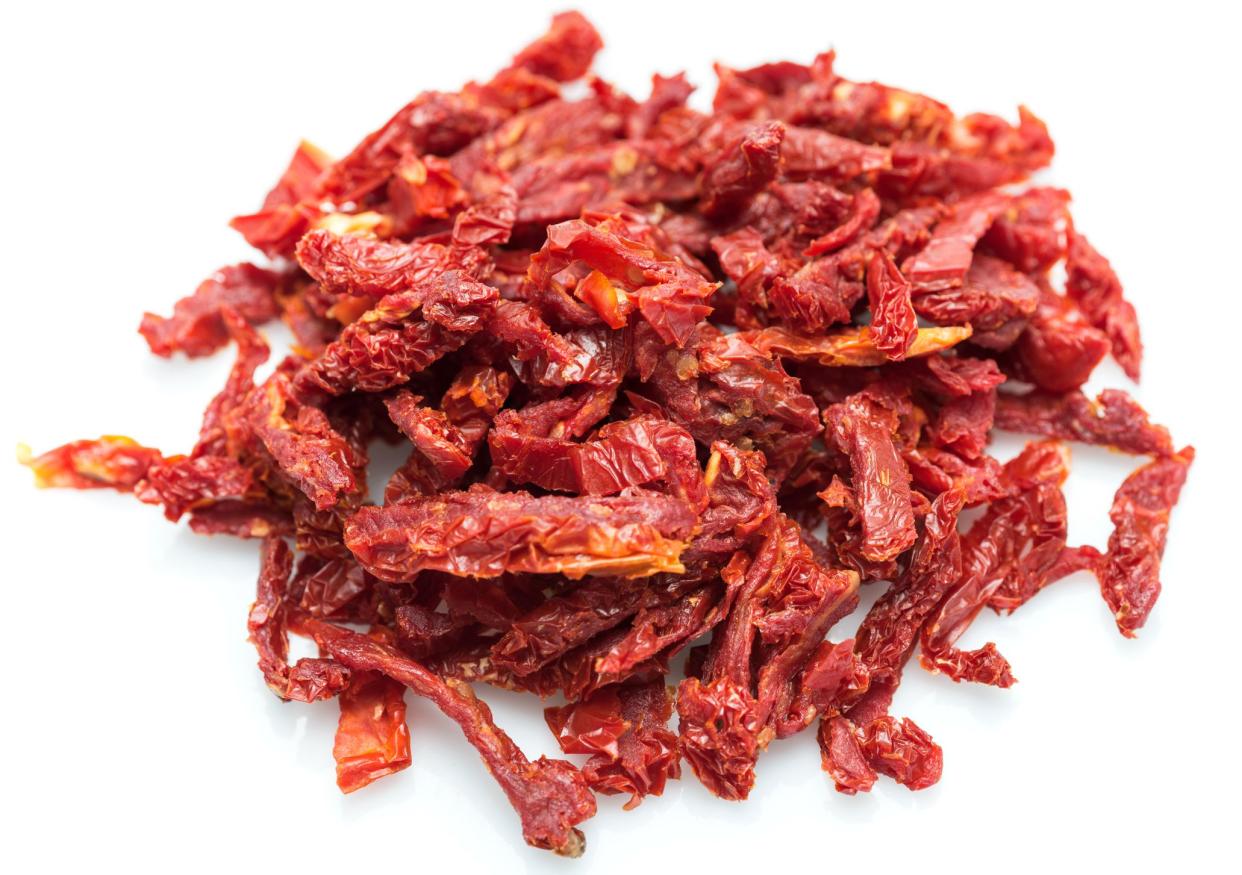
In southern Italy, drying tomatoes in the sun was a practical method of preservation. In 1990s America, they were the trendiest entrant in the umami boom. They fit in with the interest in Mediterranean diets and provided intense flavor in an easily bought jar. American tomato farmers began using commercial dehydrators to create a cheaper alternative to the imported variety. The cheaper they got, the less flavor they had, and they began popping up in the most unlikely of places, such as bagels and Wheat Thins. The food became such a signifier of 1990s pretension that in 2019, the Los Angeles Times called them “The Mickey Rourke of food.”

Blame it on “Sex and the City.” Sure, Magnolia Bakery had been open on New York’s Bleecker Street since 1996, but it was a Season 3 indulgence on the HBO sitcom that set off a nationwide craving for adorable little cakes. As the fad grew, the cakes grew smaller, and the icing was whipped into towering curlicues of sugar and butter. Other cupcake chains have spread across the nation and even into vending machines. Magnolia still stands for cupcakes, though (as noted in a 2014 episode of “Broad City”) the bakery is usually the last place tourists go before leaving New York City.
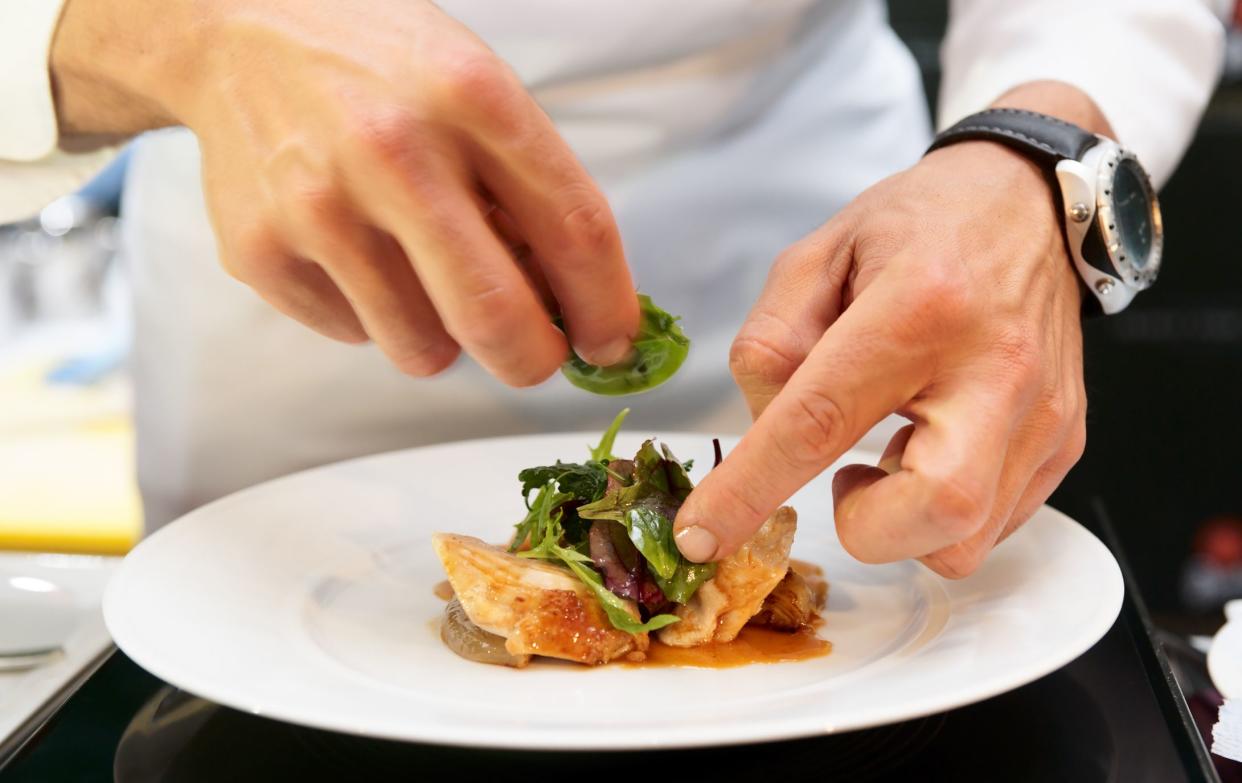
In the 1980s, tapas restaurants broke through with such restaurants as Chicago’s Cafe Ba-Ba-Reeba! It took until the 2000s, though, for the traditional Spanish bar food to morph into a standard of urban American restaurants. But $12 for two short ribs? Yes, please! Being told the cost of these tiny mouthfuls just made the irony more toothsome. Restaurant owners loved them; they eliminated waste and time-killing preparation and encouraged conspicuous ordering by patrons. Diners tired, though, of leaving with a light wallet and less-than-full stomach. Gearing up to replace the fad? Medium plates.
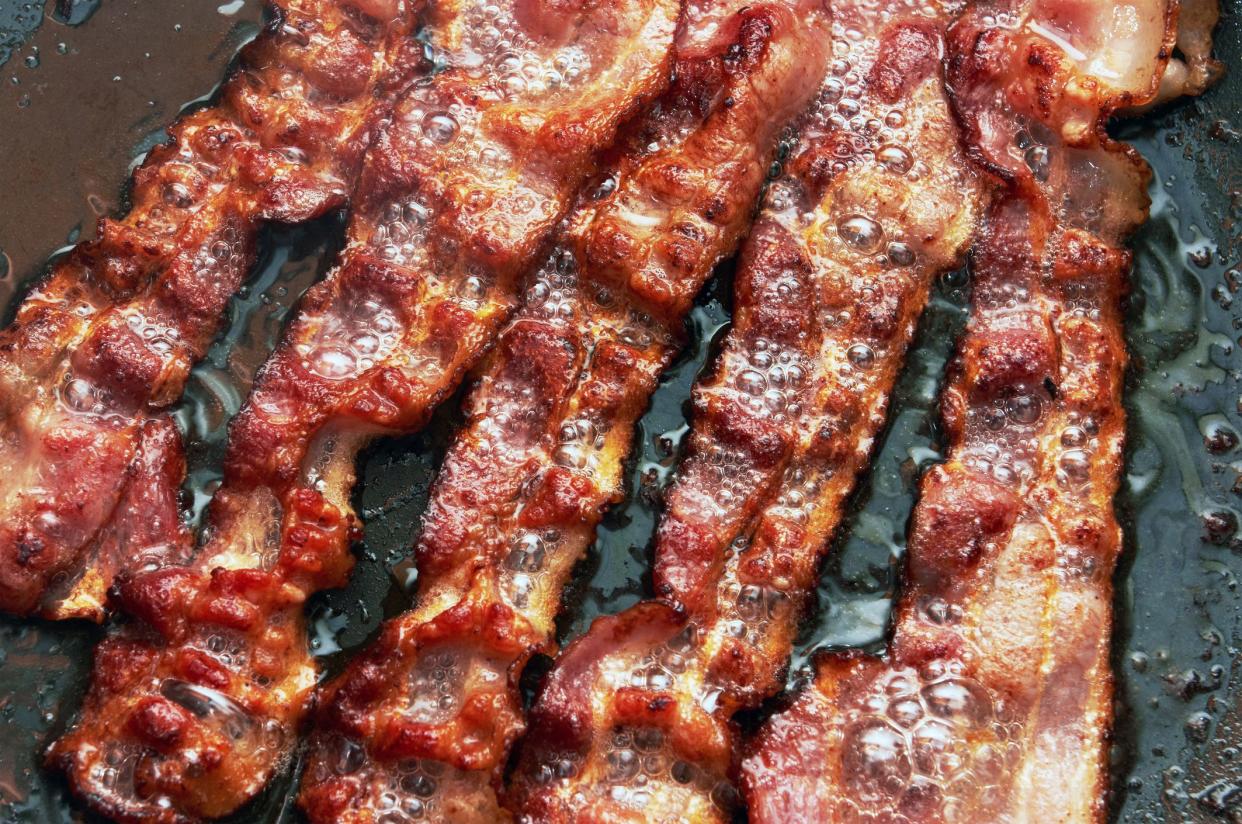
From boring breakfast staple to ice cream ingredient, bacon has had perhaps the most dramatic journey on this list. The stuff of hearty farm breakfasts, this salty, fatty, pork staple made its way into everything at the turn of the millennium. Star chefs like Tom Colicchio and David Chang embraced the pig, and everyone else soon followed. Bacon candy, bacon-flavored chips, and a legion of bacon-infused desserts became fan favorites, to the point that cellphone cases and t-shirts with striped rashers on them became as popular as sports team logos. In an era of indulgence, this is one fad that hasn’t ended yet.
Related: The Craziest Bacon Products You Can Buy






